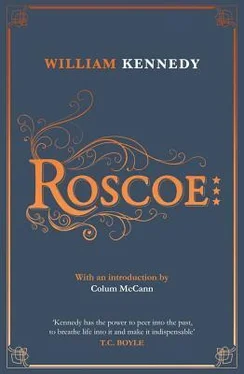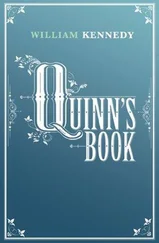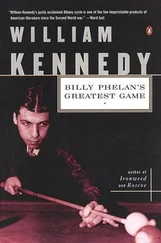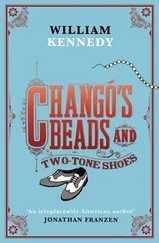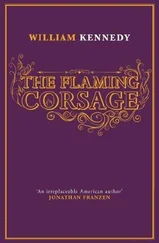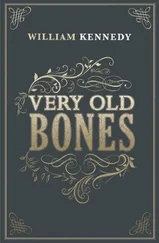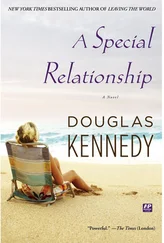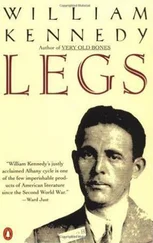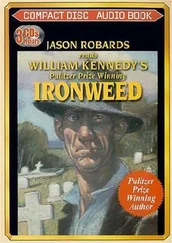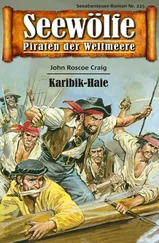Jack McCall, after his father sold the Bull’s Head, fought his chickens at Iron Joe Farrell’s cockpit in the North End. Patsy and Bindy learned the game there and matured into dedicated breeders, eclipsing their father’s local fame. Roscoe entered this world through Felix Conway’s tie to Iron Joe, which was strictly political. The only animals that won Felix’s attention were the horses that pulled his beer wagons; and he liked his chickens roasted. Roscoe, passing time at Iron Joe’s, developed friendships with Patsy, Bindy, and also Elisha, who fought a few birds as a boy but faded away from the fighting to become, like Roscoe, a spectator at the McCall brothers’ rivalry, and at their battles with other chickens of the world.
At their peak, Patsy and Bindy probably owned eight hundred birds. Patsy’s Albany and Half Albany strains developed into some of the great fighters of the Northeast in the late 1920s and 1930s; and Patsy claimed his fighters were the best in the world. Some agreed he had a claim. Bindy’s strain was subordinate until the late 1930s, when he crossbred his Whitehackles and Spangled Blues with Spanish cocks from Cádiz and Jerez, birds he bought and flew up from Puerto Rico. He then began beating the best, including Patsy’s, which intensified the chicken wars on into the present moment.
To Roscoe, spectating at cockfights was a lifelong education in tension, cowardice, unpredictable reversals, and courage. The birds, bred for battle, fought for neither God nor glory, neither to eat nor for love. They fought to conquer the other, to impose death before it was imposed. Just like politics, Roscoe decided, but without the blood. Well, sometimes there’s blood.
One idea defined the purpose of this sport: to have, to understand, and to witness gameness, and to profit from it psychically or financially, or both. Roscoe had watched Patsy test a Blueface stag for gameness out at his country place, setting six birds to fight the Blue, who battled for five, or ten, or maybe twenty minutes against each one of the six in sequence, without a rest. They tore him, pecked holes in his head, disabled one wing, blinded both his eyes, riddled him with their spurs till he was all but bloodless, yet he kept fighting, hurt all six, and died only when he could no longer kick, or stand. He gave one final peck at enemy number six just before his body finally failed his spirit. Patsy bred his Albanys from this brave stag’s relatives and created a line of suicidally aggressive winners, one of them the granddaddy of the Ruby, Patsy’s bird in the next fight.
But winners did not win by suicidal aggression alone. As usual, winning could also be begat by imaginative fraud. “Forty-five years of teaching by crooks,” Patsy once said to Roscoe, “means you always have to come up with an ace.” How did the crooks do it, and how did Patsy show his ace? Let Roscoe count the ways. The instant a crooked handler (the other fellow’s or yours) touches a chicken, he can secretly break his thigh with a thumb, or incite pain by pressure on his kidneys or his vent, or rub his eyes to blind him. Or, if your bird is hung up with the other bird’s spur in his chest, when the handler separates them he can wrench the spur so your bird’s flesh is torn open and he’ll bleed to death fighting. Your handler can do the same to your own chicken, if you prefer to bet against yourself. You can also train your bird to lose: practice him with muffs so he becomes a coward, take away his protein or his water, give him a candle to study all night before a fight to paralyze his pupil, give him diarrhea with Epsom salts, drug him with cocaine, tie his spurs so they’re too tight, or too loose and fall off, or so their angle will make him miss his target; and if an eye is gone, pit him on his blind side so he can’t see the enemy. Or, conversely, put curare on your bird’s spurs to paralyze the enemy; put grease, or drops from a heated lemon skin, on his head to make it slippery, so the enemy’s bite won’t hold; put cocaine or Xylocaine on his feathers so when the enemy bites his mouth goes to sleep and precision is skewed; put grease or flour or stove black on your best fighter’s head to make him look sick and people will give you the long odds; feed one of your cowards tomato juice to give him a suntan, the color of winners, but bet him to lose. If you have patience, create a bleeder out of one of your best fighters: slowly feed him an anticoagulant — coumadin, say — until a tap on his hip or thigh raises a hematoma; and then you’re ready. Collude with another owner and both birds will wear spurs one-sixteenth of an inch shorter than regulation, so your bleeder won’t be able to hit, fatally, the carotid artery of his enemy, but when he himself is hit he will bleed. His neck will swell with blood and he’ll be cyanotic, presumed dead. The savvy handler will quickly massage the blood out of his neck in the ring and revive him before he goes into irreversible shock, then will do it again at the first-aid bench, and the bird will recover, but now be known as a loser. Take him off the coumadin and fight him again, with long odds against him now as the loser; but this time he’ll be wearing proper-length spurs to kill, he will have fought and lived, and he will think with the serrated edge of a survivor. When he makes his kill, collect your winnings.
The chicken war between the McCall brothers was taking place at Fogarty’s, in South Troy, which was, in the opinion of cockers east and west, north and south, the most famous cockpit in the Northeast, maybe in all of America. Tommy Fogarty, a grocer, butcher, and hotel owner who became superintendent of the Public Market under Troy Democrats, grew up at cockfights, illegal then and now. But, since he opened his pit in 1917, he’d never been raided. He functioned in the Irish neighborhood that bordered Troy’s nineteenth-century riverfront iron foundries. By the mid-1920s, cockfighters high and low, lumber handlers, lawyers, ironworkers, bankers, bricklayers, politicians, judges were streaming into South Troy with money and chickens, for this had become headquarters: more big-money mains fought here than in all other pits in the U.S. and Canada put together, so they said. Under Fogarty’s twelve 100-watt pit lights, there strutted, bled, and died the gamest chickens mankind could breed: forty-four one-thousand-dollar mains, some drawing crowds of a thousand, almost one main a week in 1928 alone, the pit’s peak year. Even now, in 1945, a waning year for the sport, seventeen mains had been held, and it was only August. Tom Fogarty’s reputation for fairness, and his intolerance for cheaters, made his pit a place where cockers challenged the best, and where they expected and got a fair deal.
Patsy, who met Tommy Fogarty when they were boys, had fought chickens in the Fogarty pit since it opened. If Patsy had a friend closer than Roscoe or Elisha, it was Tommy. The most honest man alive, his knowledge of chickens uncanny, Patsy said — he can feel a young chicken and tell how firm his flesh is, how strong his thighs and his beak, how muscular his breast will be, how much of a truly coiled spring he will or won’t become when he’s ready to fight. All his life Patsy never found a handler that smart. Maybe five times a week he and Tommy talked on the phone about breeding, feeding, and fighting chickens — cockadoodledoo, Patsy called it.
Bart Merrigan let Roscoe out of the car near Fogarty’s door, and went to park in an abandoned foundry lot, a hundred cars here already. A pair of Troy detectives sat in their sedan, guarding Fogarty’s peace. Roscoe, using the cane Bart had bought him, walked slowly into what was once Fogarty’s four-story hotel, now only a place where favored chicken-fighters could stay, and then into the barroom, Kayo Kindlon behind the small bar reading The Sporting News, nobody drinking, the fights are on. Roscoe went through the back hall and into a separate wooden structure with exposed, unpainted beams, and a circular dirt pit twelve feet in diameter, with a padded canvas wall three feet high encircling it. Maybe five hundred men and three dozen women sat on wooden bleachers watching the fight in progress, the crowd bigger than usual, for it wasn’t every night you saw the McCall brothers, their bankrolls, and their fierce breeds of chickens, fighting each other.
Читать дальше
